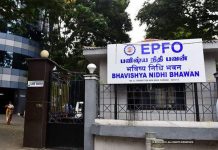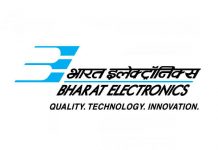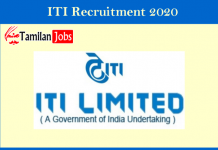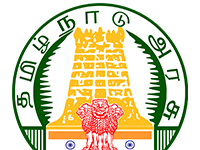April and May are taxing times for both employers and employees alike. While most companies follow April to March as their performance review cycle, which sees an extensive organization-wide performance review process; for the employees, in addition to the anticipation and anxiety of the performance review process, it is also time for annual tax planning and investment declaration for all employees falling in tax bracket.
For employees in the salary bracket of Rs 5 lakh to Rs 10 lakh, this assumes a lot of importance. As per current income tax rates, while tax liability is only 5% on the qualifying taxable income for salaries upto Rs 5 lakh, but the moment their income goes above Rs 5 lakh the tax rate of 20% is applicable and this can really impact the take home salary for employees in this bracket especially if they have just entered this bracket, at times even nullifying the impact of any salary hike. However, salary structure does play a role in reducing income tax liability for all employees. So, employees have a good scope of saving tax by tweaking their salary structure, in consultation with their employer.
Broadly speaking a fixed salary structure has following components. It may be noted that while variable pay is now a part of salary structure across most organizations, it is fully taxable as per current norms.
Fixed Salary Components
Basic Salary: This is fully taxable. The employees can opt for a lower basic salary to CTC ratio (Existing Basic Salary cannot be reduced however) and add other fixed allowances in the salary structure such as food allowance, telephone, etc. However, a lower basic does not automatically lead to lower tax as some of other components of tax exemptions like HRA (house rent allowance) and Provident Fund are linked to the basic pay. Therefore employees must carefully evaluate the full benefit of a lower basic salary before opting for the same.
Allowances/reimbursements: Allowances includes HRA, LTA/LTC, Mobile / Telephone / Internet Reimbursement, children education allowance, children hostel allowance, research allowance etc. These allowances are exempt at source from tax; however there are limits / rules applicable for the same. For exampler, House Rent Allowance exemption is the lower of the following three – a. Actual HRA received; b. 40-50% of basic (depending on whether you stay in a metro city or other cities) c. Rent paid less 10% of basic salary. Similarly there are other rules and guidelines for other aforementioned allowances and reimbursements as well.
Perquisites: These include meal voucher, health club, sports and similar facility, gift voucher, and company leased car. Here again there are specific rules to be considered. Meal voucher will be treated as nontaxable at Rs 50 per meal up to Rs 2,200 per month. Health club, sports and similar facilities can be considered exempted from tax only if provided to all employees. Gift voucher is exempted if the same is upto Rs 5,000 per annum.
Retiral Contributions: These include provident fund contributions and contribution to NPS or National Pension Scheme. In provident fund, where an employer’s contribution is exempt up to 12 per cent of salary, the contribution made by an employee qualifies for tax deduction up to Rs. 1.5 lakh under Section 80C of the Income Tax Act. Employees with low basic can also claim additional benefit by way of opting for a Voluntary PF. In NPS, employer’s contribution is exempt up to 10 per cent of Basic + DA and that of employee qualifies for deduction up to Rs. 50,000 over and above the limit of Rs.1.5 lakh under Section 80C.
Most employers and employees are now exploring Flexible Benefits which trade one element of a salary package (Basically Special Allowance) for another – Allowances /Reimbursements /Perquisites. According to a recent survey even though flexible benefits account for 10-15% of the total CTC, their perceived benefit for the employee is nearly 40% of the salary package making it win -win for both.






























